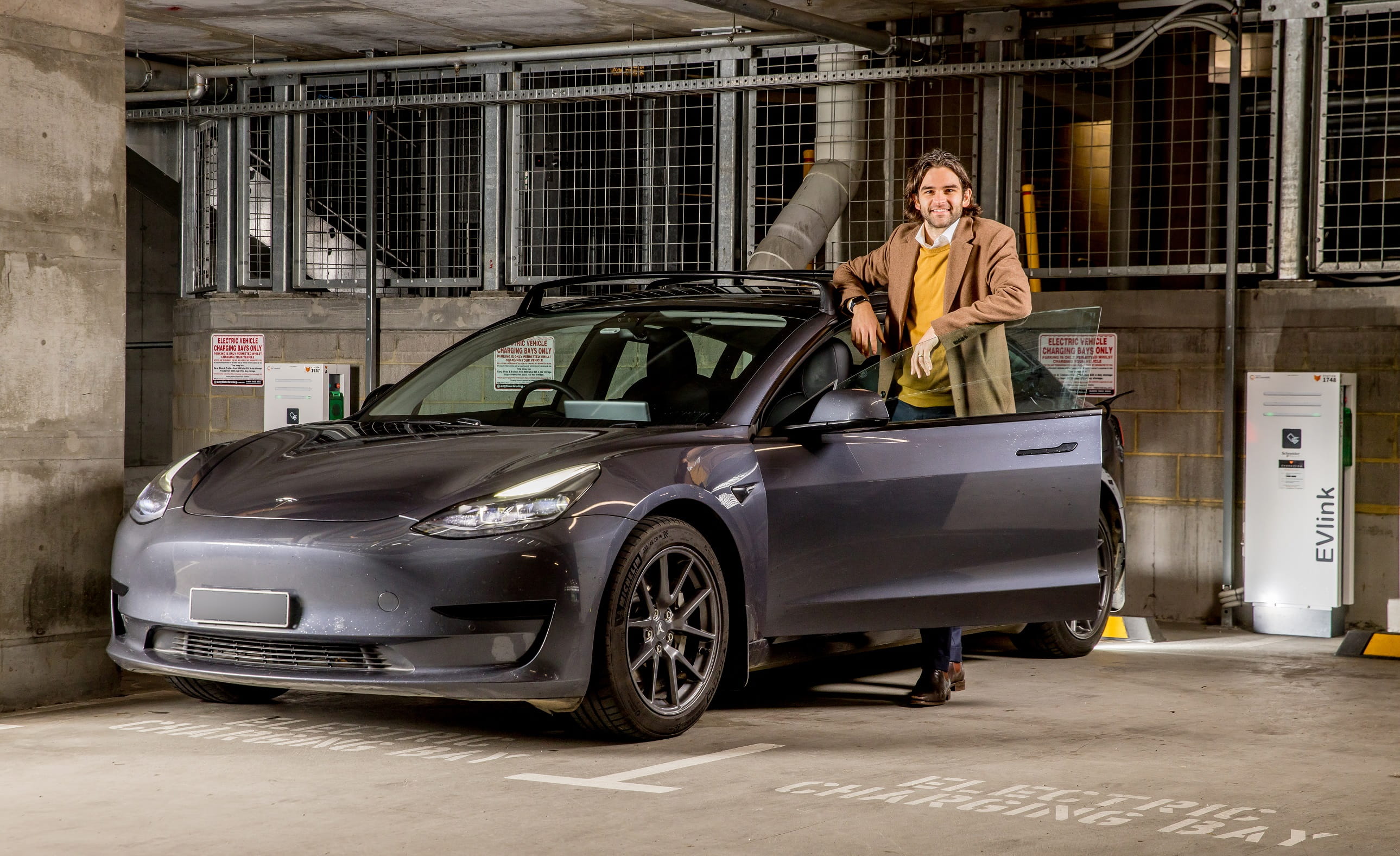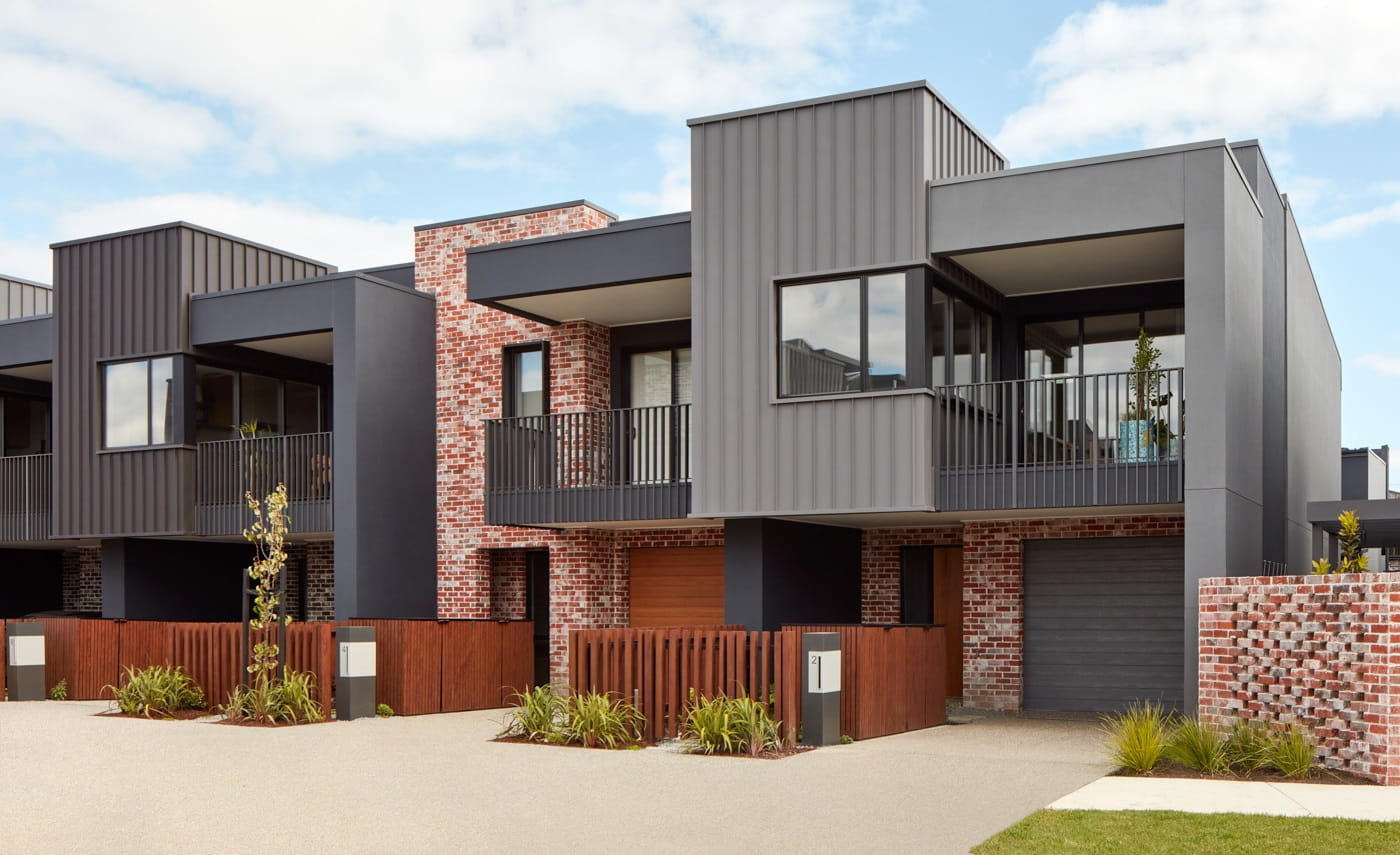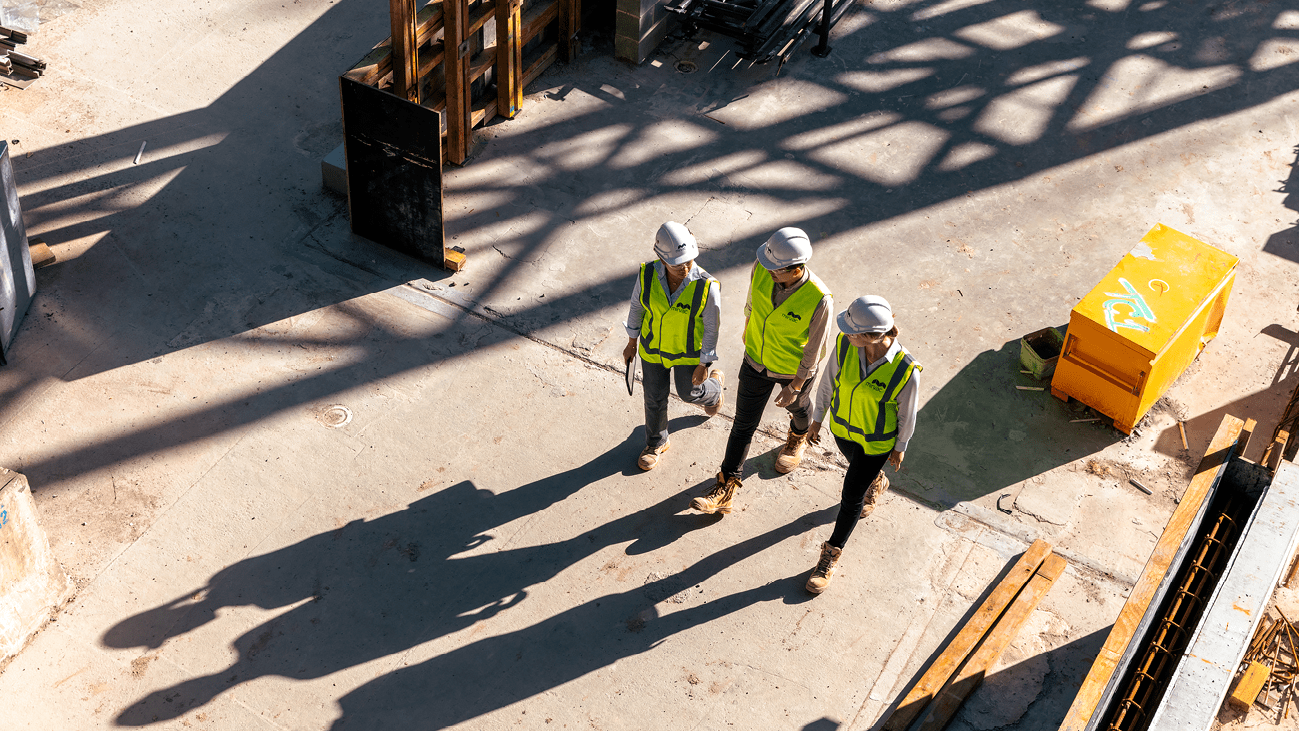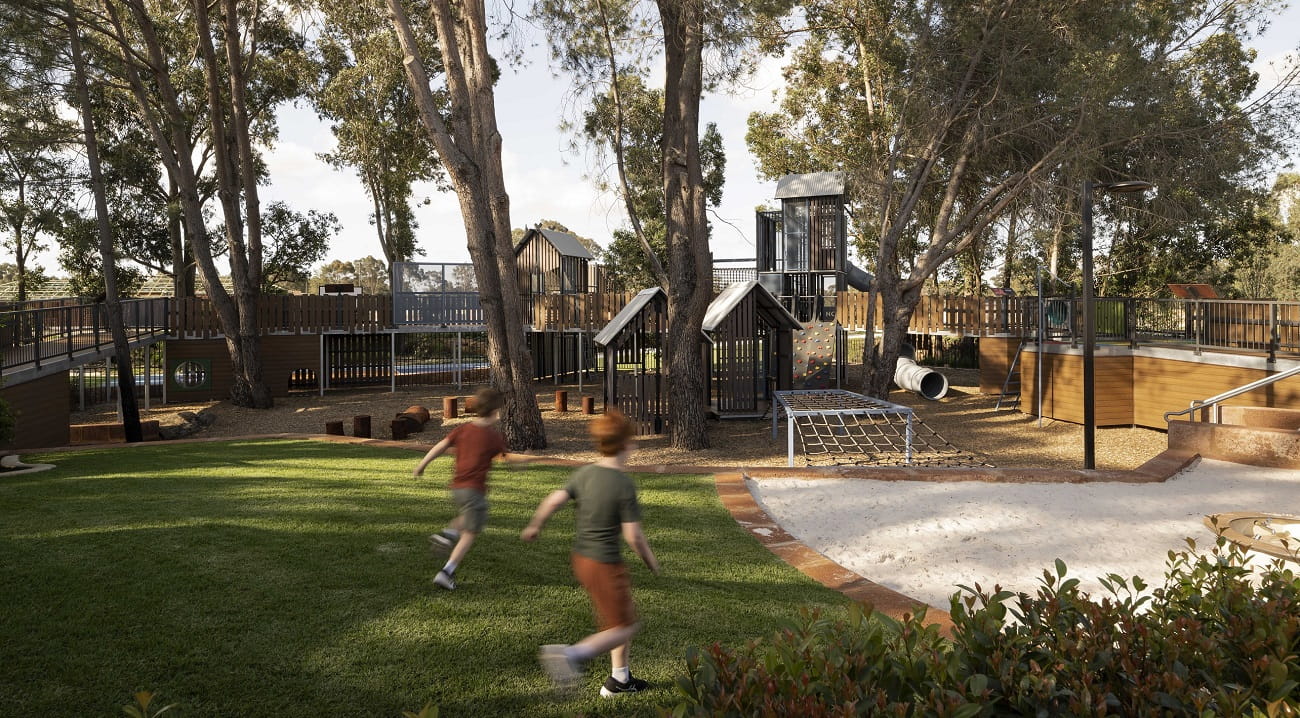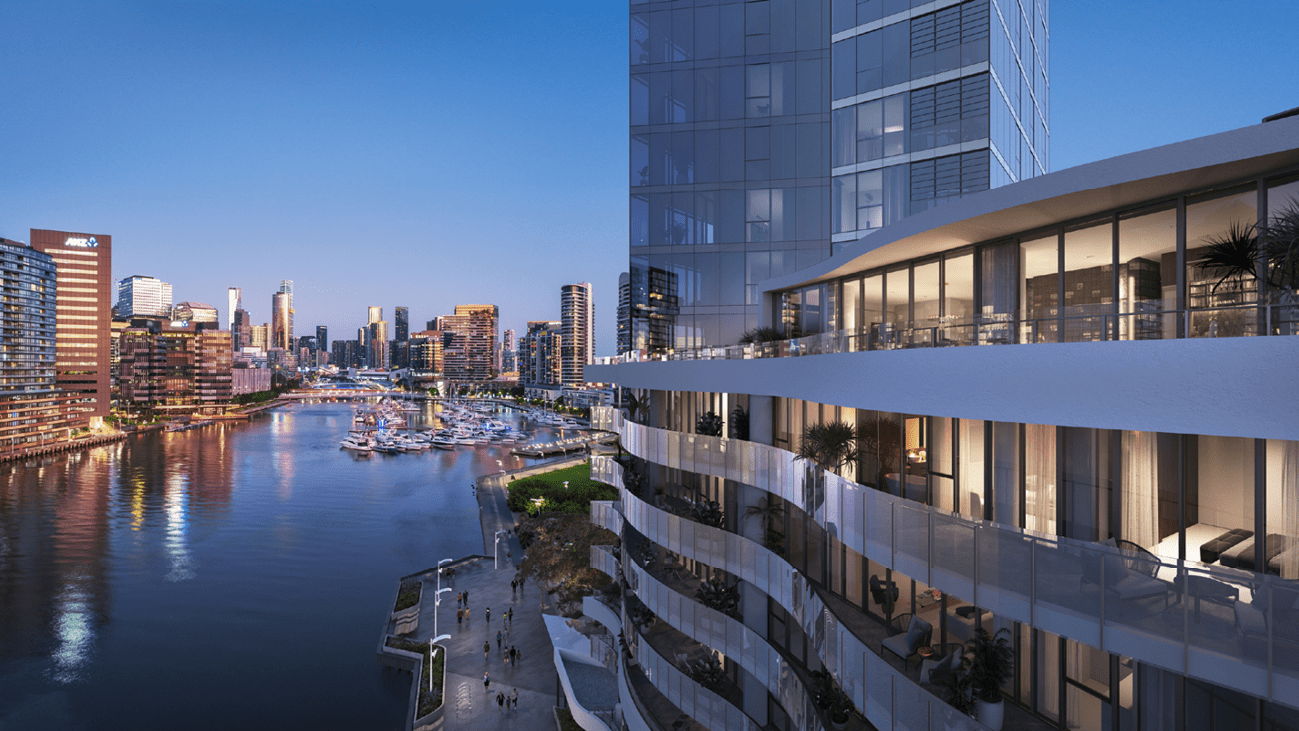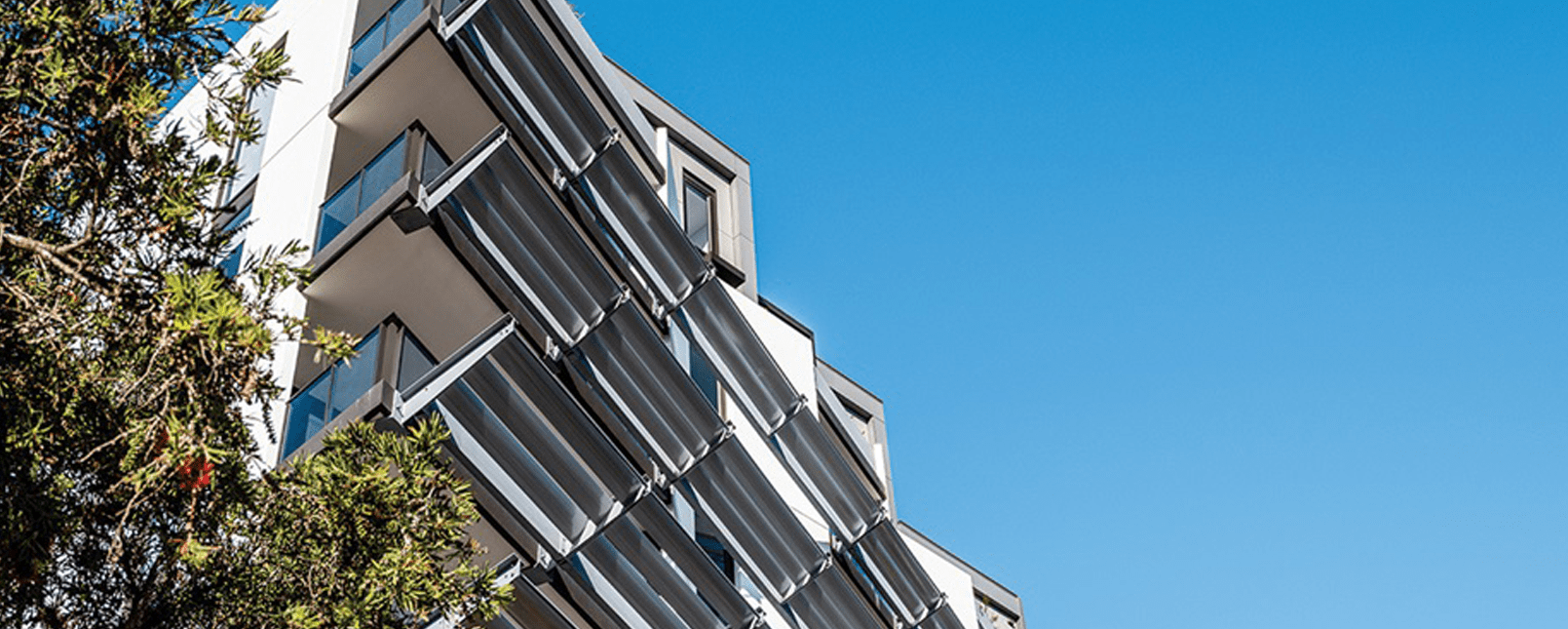the right place
The EV revolution revs up in the race to net zero with early adopters seeking a seamless plug in and drive away option.
Australians have never been shy of new technology. Smartphone ownership in 2023 stands at around 20 million and households currently have on average 22 interconnected devices or the equivalent of around 350 million gadgets. Austrade markets Australia to the world as a nation of early adopters, the incubator for Google Maps, Wi-Fi, black box flight recorders and the cochlear implant.
It begs the question then why this brainy, tech-loving country is a global outlier in the transition to clean, emission free electric vehicles. Australia ranks alongside Russia in running the world’s dirtiest cars and while Asia, America and Europe lead the charge towards electric transport, Australia faces the ignominious prospect of becoming the dumping ground for high-polluting vehicles.
In 2022 the number of electric vehicles on Australian roads almost doubled in a year from 44,000 to 83,000. It’s encouraging but minuscule in the context of the 15 million registered passenger vehicles on our roads and the pace of transition in the rest of the world.
If Australia is to meet its zero carbon targets this marathon will need to be run at sprint pace. Every month car sales figures show that Australians are making the switch in ever greater numbers. In July this year, EVs accounted for 7 per cent of new vehicle sales, comprising 6,846 EVs and 9,696 hybrids. If the appetite for EVs continues to gather momentum the bigger issue is going to be around the capacity of infrastructure to cope with the surge.
In the foreword to the Federal Government’s National Electric Vehicle Strategy released earlier this year, Energy Minister Chris Bowen warned that transport will be Australia’s largest emitting sector by the end of the decade. The Strategy, he wrote, would support the integration of EVs into work and homes, including initiatives to support infrastructure planning and apartment building design.By singling out apartments, there is acknowledgement that steps need to be taken now to be ready for a future when everybody will want to simply plug in and drive away.
The property industry has been mulling the issue for some time and from October this year will need to comply with an updated National Construction Code, requiring all new buildings to be designed, constructed and adequately provisioned to enable the installation of renewable energy and EV charging.
Mirvac’s transition has already begun in earnest and a number of projects currently in market have been provisioned for an all-electric future. Much of the focus for Mirvac National Sustainability Manager Simon O’Brien has been on creating a seamless customer experience so that charging a car at home will be as straightforward as charging a phone.
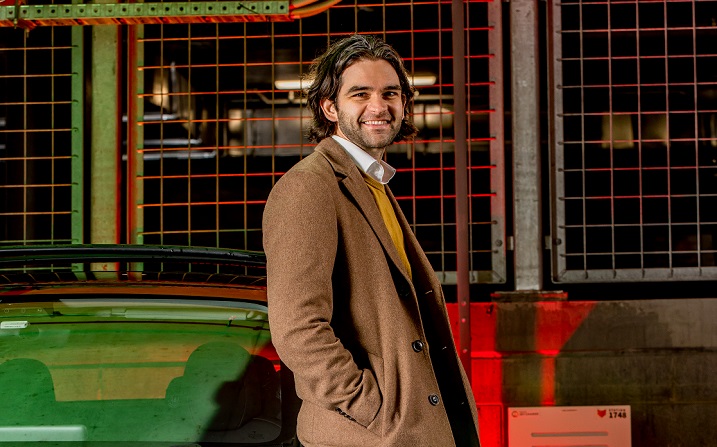
Photography Tim Carrafa
“We want to make it really easy for our customers to charge their EV in their car space overnight and make sure that we have the electrical infrastructure to be able to do that.”
“We want to make it really easy for our customers to charge their EV in their car space overnight and make sure that we have the electrical infrastructure to be able to do that,” says Mr O’Brien.
“To some extent developers are at the mercy of existing infrastructure. We can support our buildings and customers to charge but there are some circumstances where the surrounding infrastructure is not up to scratch.”
Mr O’Brien says Mirvac has been preparing for an all-electric future for many years, aware that vehicles have a significant role to play in Australia cutting carbon emissions by 43 per cent by 2030 and reaching net zero by 2050.
Mirvac itself achieved net positive carbon in scope 1 and 2. in 2022, well ahead of its 2030 target, but this applies to the buildings over which it can exert control. In residential strata its powers are limited to facilitating, encouraging and educating customers.
“We are seeing more and more customers asking whether car spaces are enabled for electric car charging, particularly in inner urban areas where a lot of young professionals are looking for a development with the ability to charge their car overnight,” says Mr O’Brien.
“Customers who have bought as an investment are savvy enough to know that in the next few years leasing it out is going to be easier if it is future ready.”
Mr O’Brien, who switched to driving an EV last year, says the experience has convinced him that the range anxiety that stops many people going electric is unfounded. His commute to work from regional Victoria often involves a round trip of 130km, and he has never once run out of battery power, even charging off a standard 10amp wall plug.
His confidence in being able to drive the distance is backed up by the Electric Vehicle Council of Australia, pointing out that new EVs under $50,000 have a range capacity of 480km, even greater with more expensive vehicles. The average Australian drives less than 50km a day meaning that most people will manage with a once a week charge.

Photography Tim Carrafa

Photography Tim Carrafa
EV chargers installed
There will be many reasons for people choosing an electric vehicle but amongst early adopters it’s reasonably safe to surmise that sustainability plays a big part in the decision. This means that tapping into a renewable energy source has to be part of the equation.
There are more than 3 million households in Australia with solar PV panels, a figure likely to increase when energy efficiency changes to the National Building Code become mandatory. While the transition is relatively simple in single houses, apartments face a greater challenge in generating sufficient power from a limited rooftop space.
“The smart way to charge electric cars is to make use of the excess renewable grid energy that is available during the day,” says Mr O’Brien. “EVs have a role to play in smoothing out peaks and troughs, easing the pressure during peak demand. By thinking about when we charge EVs there is potential to not only maximise Solar PV consumption but also put downward pressure on polluting peak demand solutions.”
In several projects Mirvac is offering fully installed smart EV chargers as an upgrade, managed by a third party. The electricity consumed by each car space will be connected to the power supply for the common property and individually metered and charged to the owner on a user pays basis.
Apartment buildings are designed to have a long life and those in construction today will be standing well past 2050, the target date set for the nation to be net zero. While demand for electric charging capacity is relatively small now, it will continue to grow until the point where every vehicle on the road is battery powered.
We seldom pause to think about the source of the energy required to live our lives and that’s because behind the scenes those daily needs have been considered and accommodated.
Mirvac Design General Manager Brett Crellin has been involved in Mirvac’s electric transition for several years, navigating a satisfactory design outcome even while legislation and codes are still being drafted.
“The buildings we are designing currently will be compliant with the National Construction Code provisions that become mandatory this year,” says Mr Crellin. “We’ve been anticipating this change for some time and wherever feasible, sizing the electrical infrastructure for 100 per cent of car spaces to have connection to an EV charger.
“We are designing and constructing now for a future when every car is an EV. But EV charging at the place of residence is only one part of the journey.”

“From a design perspective there are a number of spatial and planning considerations, along with cabling and metering but it is the power supply to the site and the ability to balance the load that is key.”
Provisioning for, rather than installing chargers in every car space, is logical from a customer perspective. Nobody wants to pay for something they won’t use and EV car ownership figures reflect the reality that demand, although rising rapidly, is so far limited to a relatively small number of early adopters. Sometime in the future that balance will shift and petrol driving adherents will be thankful to avoid the rigmarole and cost of retrofitting.
“We are designing and constructing now for a future when every car is an EV,” says Mr Crellin. “But EV charging at the place of residence is only one part of the journey. Government and private enterprise are also a large part of the solution in supporting EVs; people driving to a shopping centre, driving their car to work and being able to charge, wherever they are going to.
“There is still a long way to go although all the pieces of the puzzle are now beginning to fall into place.”
According to Mr O’Brien, smart technology will play a big role in managing the additional load, ensuring that residents of Mirvac apartments can arrive home, plug in and give as much thought to their car charging as they do to turning on the lights.
“The non-smart way is to plug in the car and it takes a maximum amount of energy at a given rate, just as everyone comes home and starts cooking,” says Mr O’Brien. “Another, smarter way to do it, is to load shift, spreading demand around to when supply is most readily available, whether it’s at work, at home or the shops.”
In the single house market, the transition is relatively straightforward with sustainability and cost benefits optimised through a combination of solar PV panels, battery and smart technology. Future Mirvac homes will come with solar PV panels installed as standard and the installation of battery and EV charger at the customer’s discretion, along with the choice of energy provider.
Switched On
Mirvac National Sales Director Kathy Arici didn’t think twice when she chose to include the EV charger upgrade with her purchase of an apartment at NINE by Mirvac.
The property will be a long-term investment and she wanted to future proof it for the inevitability of electric transport.
“It’s obvious that at some time in the future every car on the road is going to be electric,” says Ms Arici. “That transition is already happening and our sales agents are fielding more and more inquiry from purchasers who either own an electric vehicle or intend their next purchase to be electric.
“As an investor it makes sense to make sure the property provides for the needs of tenants in both the short and long term.”

“Including an EV charger in my purchase means I have a turnkey solution; it will be installed by Mirvac when the apartment is handed over on settlement.”
Future Ready
In Victoria, The Fabric in Altona North will see the collection of fully electric townhouses fitted with solar PV panels as standard, with provision for EV charging to every garage with the charger offered as an upgrade. All car spaces at Trielle at Yarra’s Edge will have the option to add an EV charging point in addition to two shared electric fast chargers installed in the car park. All homes under construction at Tullamore have EV provisions as standard in either single or 3-phase, depending on the house type. Homes currently for sale have 3-phase EV isolators to enable faster charging.
Mirvac customers in Western Australia have been enthusiastic early adopters with 40 per cent of Ador buyers choosing the EV charger upgrade. At an earlier project at The Peninsula Burswood, Compass, four purchasers elected to have an EV charger installed.
At The Langlee by Mirvac in Sydney’s east and NINE by Mirvac in the lower north shore suburb of Willoughby, provision has been made for every car space to allow the future installation of 7kW EV chargers. Riverlands, a new masterplanned community in Milperra, NSW, proposed to launch later this year, will see all homes fitted with Solar PV panels and provisioned for EV charging. Chargers will be offered as an upgrade for those seeking a turnkey solution. At Green Square penthouses in The Frederick and Portman Collection come with an EV charger included as standard as do Portman Street Terraces. Other purchasers can select an EV charger as an upgrade option.
The two Waterfront Newstead projects under construction in Brisbane, Isle and Quay, will be provisioned for 35 and 44 resident chargers respectively. Charlton House at Ascot Green will offer EV fast chargers in visitor car spaces.
Mirvac customers in Western Australia have been enthusiastic early adopters with 40 per cent of Ador buyers at The Peninsula Burswood choosing the EV charger upgrade.
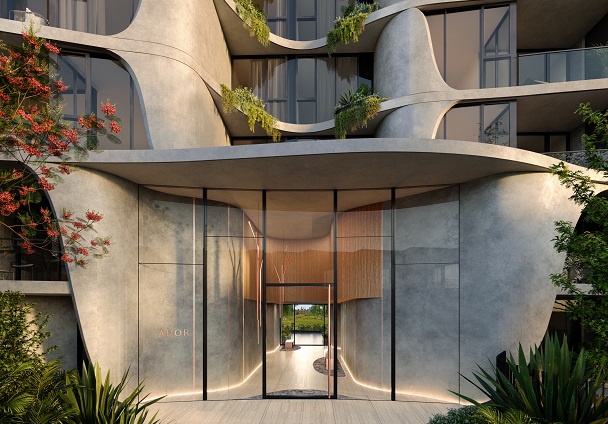
Artist impression. Indicative only and subject to change.
You might also be interested in
